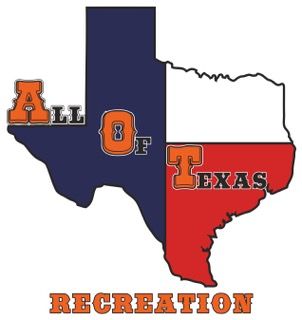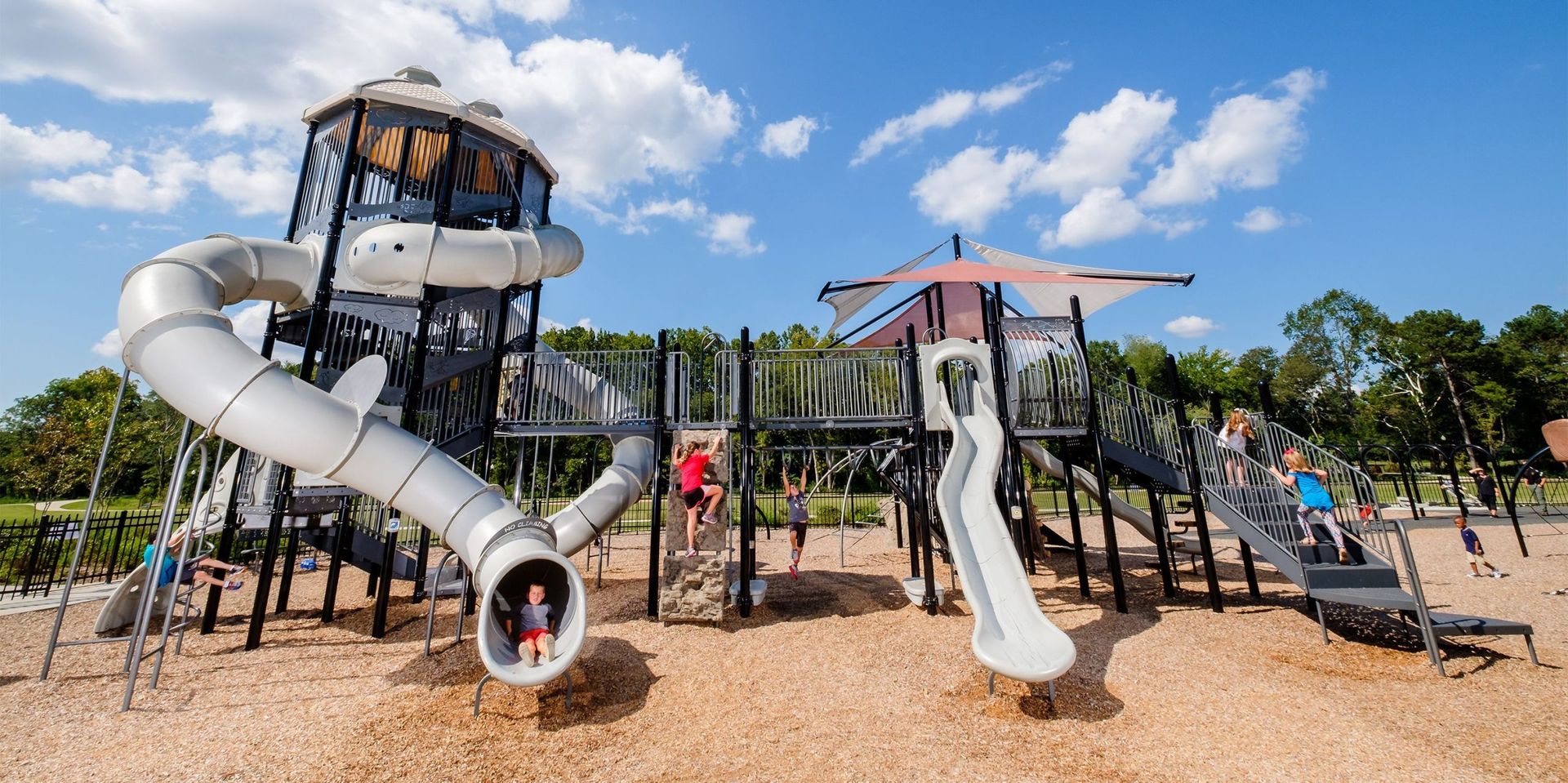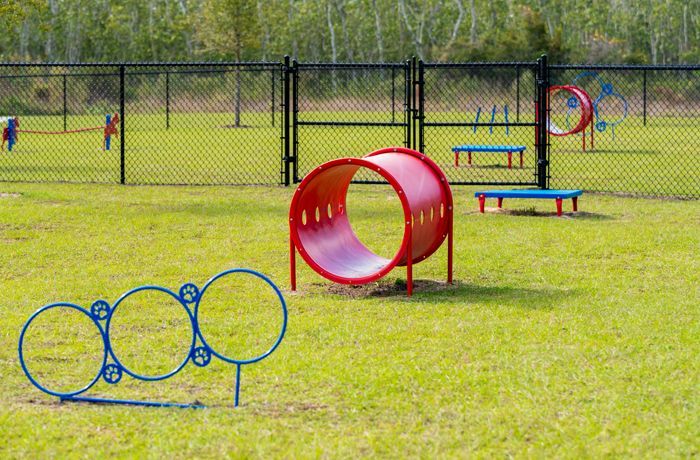The Essential Guide to Designing a Safe and Engaging Commercial Playground
Safe and Engaging Commercial Playground

Creating a well-designed commercial playground equipment is essential for fostering a safe, engaging, and inclusive environment where children and communities can thrive. Whether it’s in a park, school, or daycare, a thoughtfully planned playground offers numerous benefits that go beyond mere play, promoting physical activity, social interaction, and cognitive development. This guide will explore key aspects of designing a commercial playground, from initial planning to maintenance, ensuring a space that is both fun and secure.
Importance of Well-Designed Commercial Playgrounds
Benefits for Communities and Children
Commercial playgrounds serve as vital community hubs, providing a place for children to play, learn, and develop important life skills. A well-designed playground encourages physical activity, which is crucial for healthy growth and combating childhood obesity. Social skills are enhanced as children interact with peers, and cognitive abilities are developed through problem-solving and imaginative play. For communities, playgrounds can increase property values, foster a sense of community, and provide a safe area for families to gather.
Planning Your Commercial Playground
Assessing Community Needs
Understanding the specific needs of your community is the first step in planning a commercial playground. Engage with local residents, parents, and children to gather input on desired features and equipment. Consider factors such as the age range of children, accessibility requirements, and the types of activities that will most benefit the community. This collaborative approach ensures the playground will meet the diverse needs and preferences of its users.
Choosing a Suitable Location
Selecting the right location for your playground is crucial. Look for areas that are easily accessible, safe, and visible. Proximity to schools, community centers, and residential areas can increase usage. Ensure the site is free from hazards, has adequate drainage, and is suitable for the installation of commercial dog park equipment. Adequate space is essential to accommodate various play structures and ensure children have room to play safely.
Design Elements for Safety and Accessibility
Safety Standards and Regulations
Adhering to safety standards and regulations is paramount when designing a playground. Follow guidelines set by organizations such as the Consumer Product Safety Commission (CPSC) and the American Society for Testing and Materials (ASTM). Ensure equipment is age-appropriate, structurally sound, and installed correctly. Playground surfacing should be soft and impact-absorbing to reduce injury risks from falls.
Inclusive Design for Children of All Abilities
An inclusive playground design ensures children of all abilities can play together. Incorporate features like ramps, transfer stations, and sensory play elements to accommodate children with disabilities. Provide a variety of play opportunities that engage children physically, socially, and cognitively. Inclusive design promotes a sense of belonging and allows every child to enjoy the playground experience.
Age-Appropriate Play Structures
Design the playground with age-specific areas to ensure safety and enjoyment for all children. Separate play zones for toddlers, preschoolers, and older children help minimize accidents and cater to different developmental needs. Age-appropriate equipment, such as low platforms and gentle slides for younger children and climbing structures and swings for older kids, enhances play value and safety.
Selecting the Right Equipment
Durable and Safe Materials
Choose playground equipment made from durable, safe materials that can withstand heavy use and harsh weather conditions. Materials like powder-coated steel, high-density polyethylene, and treated wood are popular choices for their longevity and safety. Regular maintenance and quality materials ensure the playground remains safe and functional for years.
Popular Playground Equipment and Their Benefits
Incorporate a variety of equipment to offer diverse play experiences. Swings, slides, climbing structures, and interactive panels are staples of a well-rounded playground. Swings provide a sense of freedom and motion, slides offer thrilling fun, climbing structures develop strength and coordination, and interactive panels stimulate cognitive development. Balance these elements to create a versatile and engaging play space.
Customizable Options for Unique Themes
Customizable school playground equipment allows you to create a unique and exciting environment. Themed playgrounds, such as those inspired by nature, space, or local culture, captivate children’s imaginations and encourage creative play. Custom designs can also reflect the community’s identity, fostering pride and ownership among residents.
Creating an Engaging Play Environment
Incorporating Natural Elements
Integrating natural elements like trees, rocks, and water features enhances the playground’s aesthetic appeal and provides additional play opportunities. Natural elements encourage exploration and imaginative play, fostering a deeper connection with the environment. Ensure these features are safe and well-maintained to complement the playground equipment.
Balancing Physical and Imaginative Play
A successful playground design balances physical activity with imaginative play. Include equipment that promotes climbing, swinging, and balancing to develop physical skills, alongside features like playhouses, sandboxes, and musical instruments that stimulate creativity. This combination supports holistic development and keeps children engaged for longer periods.
Importance of Diverse Play Activities
Diverse play activities cater to different interests and developmental needs. Provide options for climbing, sliding, swinging, spinning, and balancing. Interactive panels, sensory play elements, and areas for group play encourage social interaction and cooperative play. A well-rounded playground with varied activities ensures every child finds something enjoyable and beneficial.
Maintenance and Upkeep
Regular Safety Inspections
Regular safety inspections are essential to maintain a safe playground. Check equipment for wear and tear, ensure surfacing is intact, and address any potential hazards promptly. Establish a routine inspection schedule to keep the playground in optimal condition and prevent accidents.
Cleaning and Maintenance Tips
Clean playground equipment for daycare regularly to ensure a hygienic environment. Remove debris, sanitize surfaces, and check for damage. Proper maintenance extends the lifespan of the equipment and keeps the playground inviting and safe for users.
Upgrading and Expanding the Playground Over Time
Plan for future upgrades and expansions to keep the playground relevant and engaging. As community needs evolve, update outdoor fitness equipment and add new features to enhance the play experience. Regularly seek feedback from users to guide improvements and ensure the playground continues to meet the community’s needs.
Conclusion
Designing a safe and engaging commercial playground requires careful planning, a focus on safety and accessibility, and a commitment to ongoing maintenance. By investing in quality playground design, you create a valuable community asset that supports the physical, social, and cognitive development of children. A well-designed playground is not just a place to play—it’s a space where memories are made, friendships are formed, and communities are strengthened.



